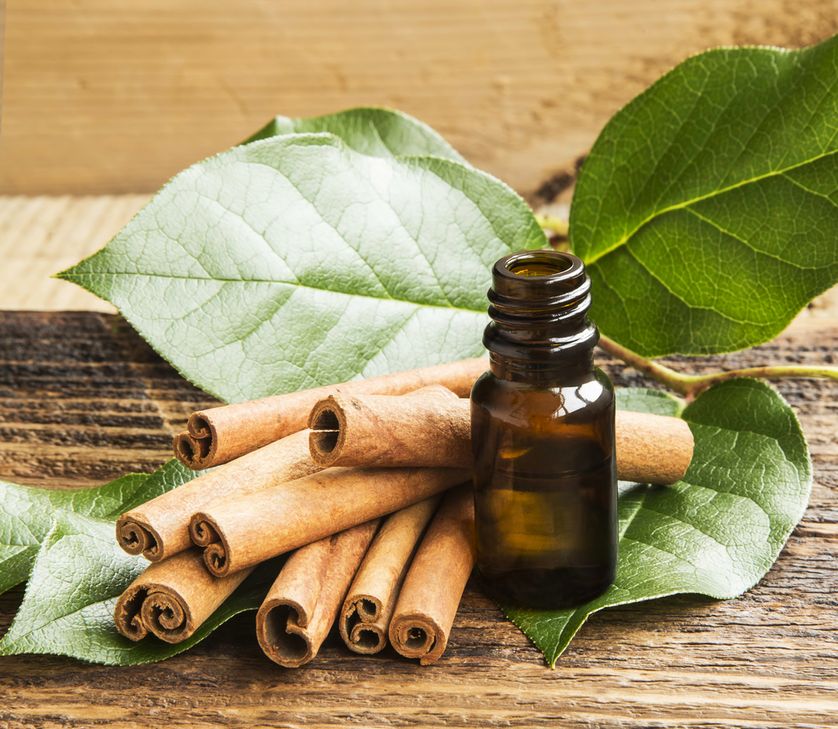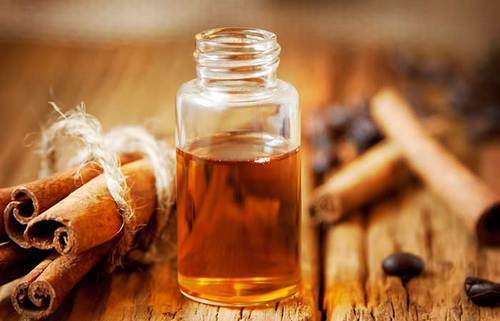Cinnamon Oil is extracted from the cinnamon plant. The tree grows to a height of 10-15 meters and its botanical name is cinnamon verum, synonym C. zeylancium. It has oblong shaped leaves which are 7-18cm long. The color of the leaves is golden yellow. Cinnamon oil has a distinct flavor due to the essential oil that is present in it. The essential oil makes up about 0.5-1% of the composition. Cinnamon oil has a strong, hot aromatic taste. Its chemical components include ethyl cinnamate, eugenol, beta-caryophyllene, linalool and methyl chavicol.
 Cinnamon Oil
Cinnamon Oil
Cinnamon trees are harvested for nearly two years. When shoots sprout, they are stripped of their barks and dried. The Outer woody portion is removed and strips cut out which are rolled into quilts. Subsequently, cinnamon Oil is extracted from them. Cinnamon Oil is used in flavoring materials and employed in cookery. It has medicinal value as it removes colds, treats diarrhea and other digestive problems. Cinnamon Oil also has anti microbial property. It can be effectively used to preserve certain foods. Cinnamon oil has also been known to have profound pharmacological properties and used in the treatment of type II diabetes. It is used to cure common cold and has a high antioxidant property.
Uses of Cinnamon Oil:
- It is useful for stomach ache, in cough, cold and flu
- Acts as an effective aphrodisiac
- Provides fast relief in depression and fatigue
- It has some properties which may help cure impotence
- Helps improve the digestive and respiratory system
It can also be used as a medium in massages, can be inhaled and it has properties to relieve muscular spasms.
Extraction of Cinnamon Oil:
Cinnamon Oil is extracted through maceration, distillation and pressing.
Properties of Cinnamon Oil:
Cinnamon oil is a:
- Antiviral
- Analgesic
- Antispasmodic
- Insect Repellant
- Sedative
- Anti-inflammatory
- Antiseptic
- Bactericidal
- Antirheumatic

